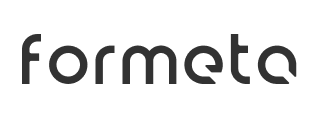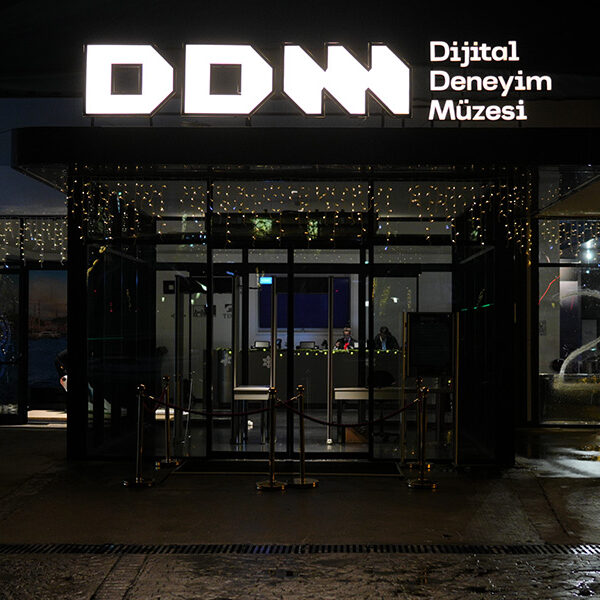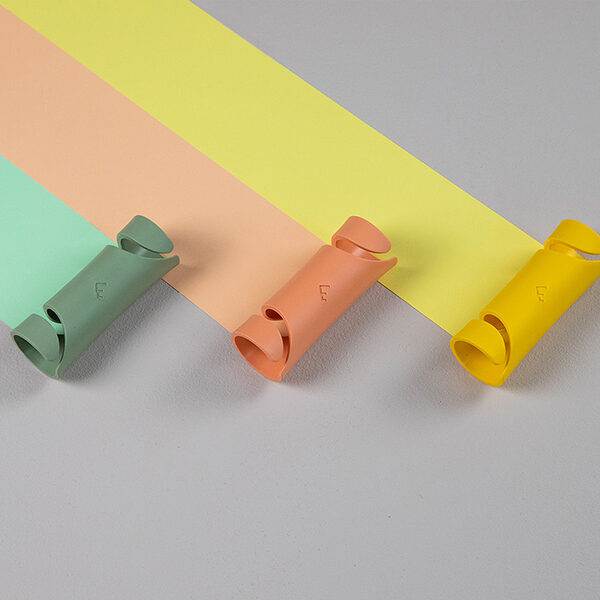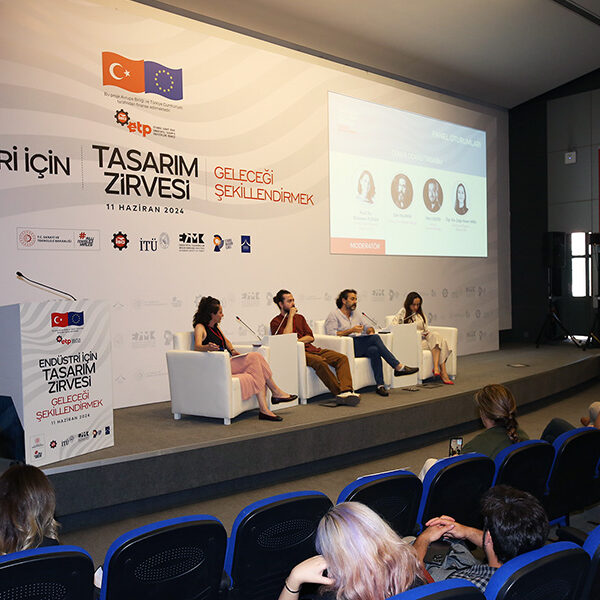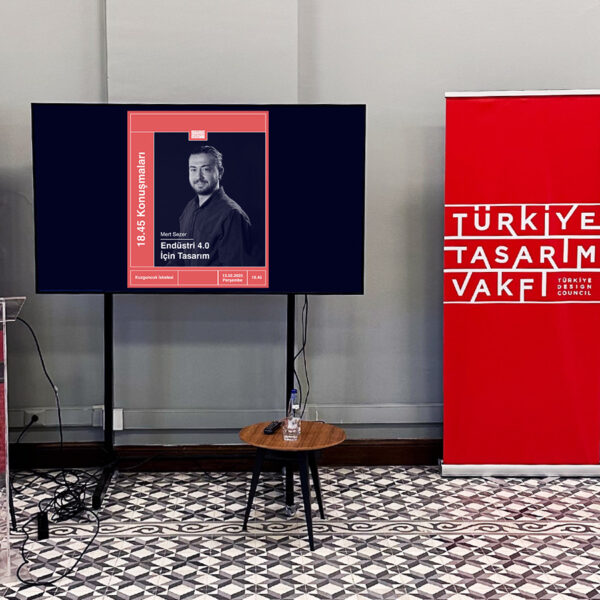We’ve always seen design not just as problem-solving, but as a language—a way to connect people, technology, and ideas. As Formeta Design expanded across industries and disciplines—from physical products to digital platforms, from user interfaces to editorial publishing—we realized that our own identity needed to evolve too.
This is the story of why we rebuilt our visual identity from the ground up, how a single phrase—“Every form, a letter. Every product, a word.”—became our compass, and how we turned complexity into a living, visual dialogue.
